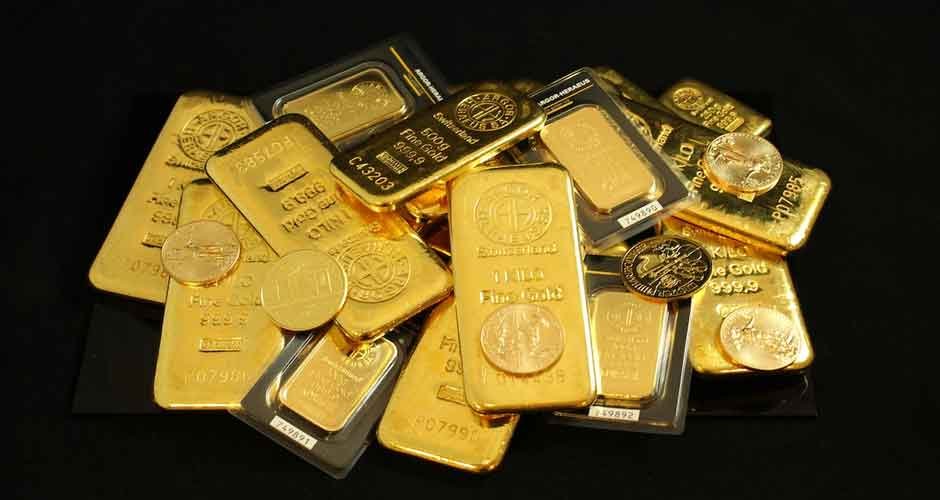Since ancient civilizations, gold and silver have always been recognized as valuable metals. Modern-day investors still have confidence in these precious metals and include them as part of their portfolios.
From both technical and fundamental analysis, precious metals are very volatile. The volatility mostly depends on geopolitical occurrences. Investors who appreciate these metals have to be willing to ride the valuation tides, all while ensuring their risk factors are kept at bay.
But which precious metal gives the best risk-to-reward ratio? Great question, and we will try to answer it in this article.
Gold
The yellow metal. The king of volatility. The granddaddy! Call it whatever you like, but gold will always stand out in the market. Apart from its durability (it does not corrode or rust), gold is popularly known for being malleable, conducting both electricity and heat. Most industrialists use it to manufacture dentistry ornaments as well as specific electronics. Out here, we know it primarily for jewelry purposes as well as a form of currency.
Gold’s value is determined by forces of demand and supply in the market. That means that external sentiments are incredibly important to the gold’s movement at any given time. In times of war, for example, the value of gold tends to spike since most investors consider it a safe haven for investment. People hoard the gold, reducing its supply in the market and increasing its demand. Consequently, the price shoots upwards.
The following reasons might trigger investors to hoard gold:
- Systematic financial concerns:If the market players perceive the banks or money to be unstable or the political tensions intensify, gold will be sought as a safe haven investment. As a result, the gold price will rise. Always ensure you are aware of the geopolitical temperatures before you buy or sell precious metals Michigan
- Inflation:When there is a negative rate of return (RoR) in real estate or bond markets, investors rush to gold for value retention. Consequently, gold prices rise.
- War:At the time of writing this article (April 2024), gold has reached its all-time high. This level has been reached due to the existing war between Iran and Israel. As long as the war prevails, gold prices will continue to rise.
Silver
Silver plays two major roles in the financial markets: as a store of value and as an industrial metal. For this reason, the price fluctuations are even more volatile compared to the gold market.
While silver responds to the financial market demand and supply forces, it also incorporates industrial dynamics. Let us consider the following cases:
- With the rise of digital camera technology, silver prices have changed accordingly. The reason for this is that silver is most highly used in manufacturing digital cameras.
- Since the middle-class burble busted in the emerging markets, the demand for electrical appliances, industrial items, and medical products has gone through the roof. Most of these items require silver in manufacturing, leading to further silver demand.
- Silver is highly used in superconductor applications as well as in making silver batteries. The silver demand has leveled up, leading to an upside movement in price.
It is unclear how far the silver’s manufacturing aspects will affect its overall market demand.
Platinum
Just like silver and gold, platinum prices are always moving. Since it is much rarer than gold, it fetches great value in times of wars and political tensions. There is a very low amount of platinum that is pulled from the ground annually.
The following factors affect the platinum prices:
- Just like silver, platinum is more known for its industrial elements. As such, the greatest demand for platinum is derived from the production of automotive catalysts, mainly used to reduce harmful emissions. Jewelry is another huge consumer of platinum, followed by the computer industry.
- Geopolitical conditions, especially in countries that produce platinum, greatly affect the prices. Demand and supply of auto sales and production have also influenced platinum prices. For instance, platinum prices dipped during the COVID-19 pandemic as a result of a drop in car production.
- South Africa and Russia are the world’s leading platinum mines. This situation causes a monopoly play, artificially controlling the platinum’s price behaviors.
Conclusion
Precious metals will offer you decent inflationary protection. Apart from having intrinsic value, precious metals have no credit risks and cannot be easily inflated. Unlike currency, you cannot print more of them. Consider precious metals in your investment portfolio to diversify your risk.






